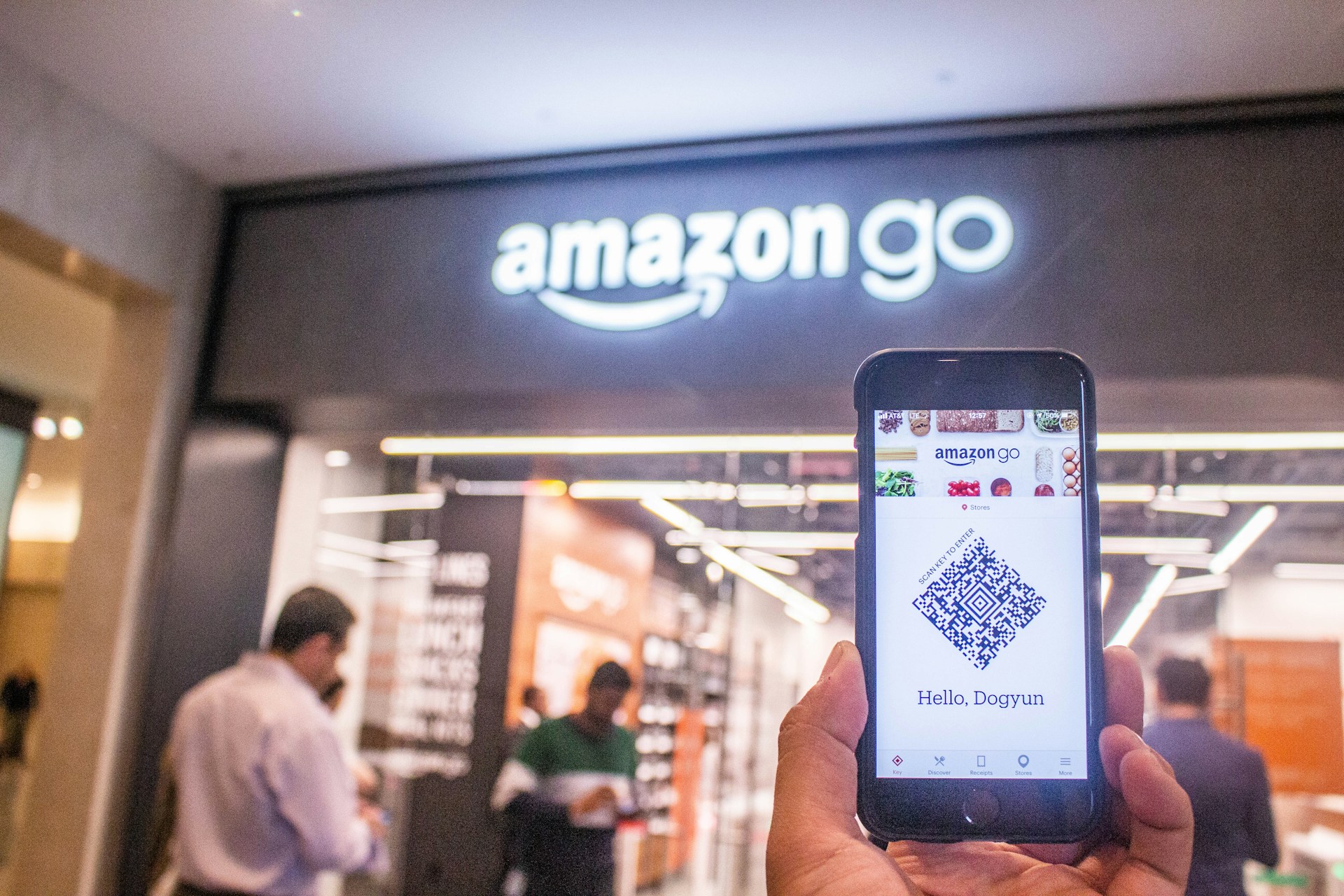
What Are the Best AI Models in 2025?
September 12, 2025 - Lou Farrell
Revolutionized is reader-supported. When you buy through links on our site, we may earn an affiliate commission. Learn more here.
Much of life now runs on artificial intelligence. Phones summarize long chats, office apps draft first passes and search engines answer with context. For business, the question is no longer “should teams use AI,” but “which tools deliver the most value.” This guide compares the best AI models people use in 2025, focusing on what they cost, what they do well and where they still stumble.
Identifying the best AI models depends on needs. Buyers should check four basics — capabilities across text, image, audio and tools, price and real usage limits, integrations with the apps where work already happens, and safety features and data controls. Boston University’s library guide offers a handy comparison hub for a neutral side-by-side of major assistants and their strengths.
5 Best AI Models in 2025
Below are five mainstream assistants that most readers will encounter. Each snapshot covers the company, free and paid options, key benefits with everyday use cases and a few watch-outs.
1. ChatGPT (OpenAI)
OpenAI made GPT-5 the default in ChatGPT in August 2025. Readers can use it for free with a sign-in, while paid plans increase speed, reliability, and tool access. ChatGPT Plus costs $20 per month. ChatGPT Pro costs $200 monthly and unlocks heavier-duty features for power users. Team and Enterprise plans bundle admin controls and higher limits for organizations.
Where ChatGPT Shines
ChatGPT handles writing, research assistance, coding, brainstorming and multimodal prompts. OpenAI’s push into “omni” interaction with GPT-4o brought fast voice and vision, and those capabilities informed today’s default experience. Teams lean on it for structured drafting, code explanations and meeting prep because it stays fast under load and supports a wide plug-in and workflow ecosystem.
Where ChatGPT Struggles
Even with GPT-5’s improvements, ChatGPT can still produce confident mistakes on niche topics. Pro’s price targets heavy users, not casual ones. Teams also need to validate security and data-retention settings before connecting proprietary content. (OpenAI continues to tune safety and hallucination reductions, but buyers should still build review steps into workflows.)
2. Claude (Anthropic)
Claude offers Free and Pro plans ($20 monthly or ~$17 with annual billing), and the new Max plan starts at $100 per person per month for much higher usage. Team plans start at $25 per seat monthly with a minimum seat count. Enterprise adds SSO, audit logs and larger context windows.
Where Claude Shines
Claude built a reputation for careful reasoning, strong, long-document analysis, and clear writing. Its current model family includes Claude Opus 4.1 for the most complex tasks, Claude Sonnet 4 for balance and Haiku 3.5 for speed-sensitive work. Teams use Claude to digest research packets, compare contracts, draft policies and pair-program with Claude Code in the terminal.
Where Claude Struggles
Max raises limits, yet some users still hit caps during peak hours. Image generation lags specialists, and web search add-ons incur extra cost at scale. Anthropic also continues to adjust rate limits for fairness — which can surprise heavy developers or analysts on a deadline.
3. Gemini (Google)
Gemini for consumers comes through Google One. AI Pro costs $20 a month. It includes the Gemini app running the 2.5 Pro model. It also upgrades NotebookLM and raises usage limits. AI Ultra costs $250 a month. It adds the 2.5 Deep Think model, larger quotas and perks like YouTube Premium in supported regions.
Where Gemini Shines
Gemini integrates Gmail, Docs, Slides, Sheets, and Search, removing friction for teams already live in Google Workspace. Google touts a one-million-token context window for deep reading of long files, and the ecosystem includes Veo video generation plus Project Mariner pilots for agentic browsing. Coding teams also test Jules — an asynchronous coding agent powered by Gemini 2.5 Pro.
Where Gemini Struggles
Advanced features roll out country by country, and some capabilities remain US-only. Creative video tools work well for short clips, but filmmakers still need manual polish. Because Gemini sits inside many Google apps, admins must review sharing permissions and data boundaries so AI suggestions do not overreach.
4. Microsoft Copilot
Microsoft Copilot offers a free web and app experience. Copilot Pro costs $20 per user per month and unlocks preferred model access and Copilot features in consumer Microsoft 365 apps. For businesses, Microsoft 365 Copilot runs $30 per user per month on top of eligible Microsoft 365 licenses, and integrates directly into Word, Excel, PowerPoint, Outlook and Teams.
Where Microsoft Copilot Shines
Organizations already on Microsoft 365 get immediate wins. Copilot summarizes Teams meetings, drafts and rewrites in Word and Outlook, turns bullet points into PowerPoint decks, and helps analyze Excel tables. Admins value Microsoft Graph grounding and policy controls. For small firms, Copilot Pro brings many of the same benefits to personal Microsoft 365 subscriptions.
Where Microsoft Copilot Struggles
Some Excel features still sit in preview, and Pro requires extra subscriptions to unlock full desktop app features. As with any assistant inside core productivity suites, data hygiene matters. Poor file organization leads to weak grounding and generic outputs.
5. Meta AI
Meta AI remains free across Facebook, Instagram, WhatsApp and Messenger, and Meta launched a stand-alone Meta AI app in April 2025. In March 2025, Meta expanded availability in Europe, with staged language support and feature rollouts by region.
Where Meta AI Shines
Meta AI answers quick questions inside the social apps people already open all day, generating images on the fly for posts and messages. It runs on Meta’s Llama family with creative tools powered by Emu for image generation. WhatsApp continues to add features, such as AI writing help and drafting aids that live directly in chats.
Where Meta AI Struggles
Availability still varies by country, and the product continues to evolve quickly. Business workflows feel less mature than office-suite assistants, and buyers should track safety reports, especially for teen accounts and community use. Meta has responded with new policies and updates, yet schools and parents should review settings and guidance.
Quick Matches — Which AI Model Fits Which Job?
Use this guide to pair common tasks with the right assistant. It skips marketing talk and points straight to practical fits for day-to-day work.
- Office documents and email: Microsoft Copilot or Gemini. Copilot works inside Microsoft 365 apps like Word, Outlook and Teams. Gemini works in Google Workspace apps like Docs, Gmail and Calendar. Both read the files and calendars people already use, so drafting and follow-ups stay in one place.
- Research packets and long PDFs: Claude or Gemini. Claude reads dense material and writes clear, structured summaries. Gemini handles very large context windows, so it can process several long files simultaneously.
- General creativity and coding help: ChatGPT or Claude. Both deliver strong code explanations and first drafts with clear next steps.
- Social content and quick visuals: Meta AI. It creates images and captions right inside the social platforms people already use.
Best AI Models — Key Buying Notes
Prices do not tell the whole story. Check message caps, peak-hour speed and whether tools like web search or code execution count against quotas. Consider compliance needs — Microsoft 365 Copilot and Claude Enterprise advertise admin features many IT teams require, while consumer plans focus on individual productivity.
Add a simple baseline for data and copyright. This plain-English primer on artificial intelligence and copyright is a good starting point. Finally, run short pilots with real team workflows and measure outputs against style guides, return on investment and error rates.
For policy context, the Congressional Research Service explains that in January 2025, the U.S. Copyright Office said AI-assisted works qualify for protection when a human makes expressive choices. Still, purely machine-generated outputs do not — and it flags open questions around training data and liability.
Closing Thought — Practical Next Steps for 2025
Choose two AI assistants that match everyday work and go deep. Pair one that lives in documents or email with one that excels at research or creative briefs. Document good prompts, set simple review gates, then track outcomes like time saved and revision counts. As teams scale use, turn those guardrails into team standards that keep quality high without slowing people down.
With practice, you’ll soon discover the ways in which to utilize the best ai models for your needs.
Revolutionized is reader-supported. When you buy through links on our site, we may earn an affiliate commission. Learn more here.
Author
Lou Farrell
Lou Farrell, Senior Editor, is a science and technology writer at Revolutionized, specializing in technological advancements and the impacts on the environment from new developments in the industry. He loves almost nothing more than writing, and enthusiastically tackles each new challenge in this ever-changing world. If not writing, he enjoys unwinding with some casual gaming, or a good sci-fi or fantasy novel.







